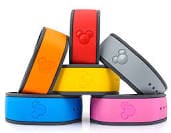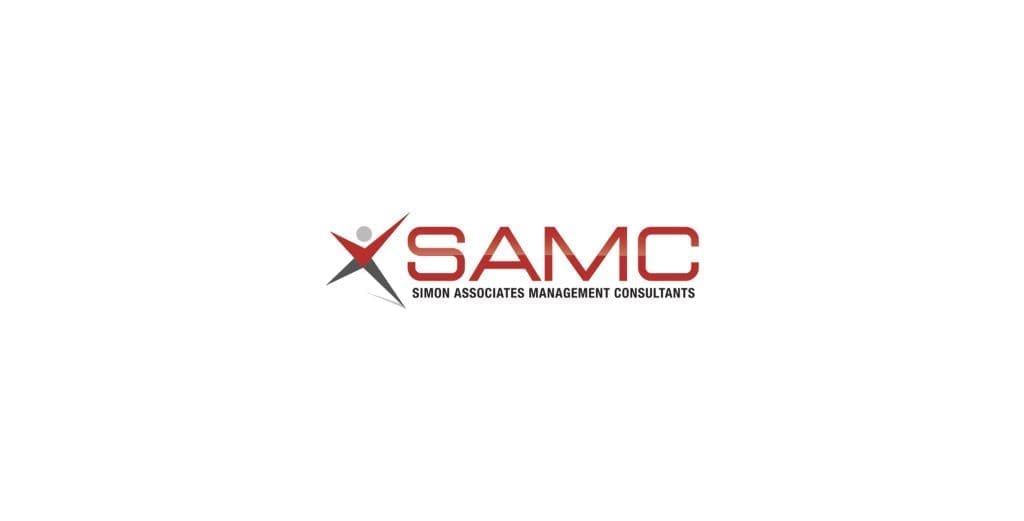 Businesspeople tend to believe that innovation requires expensive technological development. Sometimes releasing a technology masterpiece works — Google comes to mind — but oftentimes the focus on technology, rather than consumer need, leads to an expensive flop, like the Segway.
Businesspeople tend to believe that innovation requires expensive technological development. Sometimes releasing a technology masterpiece works — Google comes to mind — but oftentimes the focus on technology, rather than consumer need, leads to an expensive flop, like the Segway.
The up-front investment in time and capital required for technological innovation can be expensive. Let’s examine two interesting technology-focused innovations: an inexpensive early strategic move by Nintendo and Disney’s new MagicBand®, an RF-ID bracelet used to unlock doors, for payments, ride reservations and other park transactions. They each help us better see how technology by itself is neat but not necessarily the key to a Blue Ocean.
Nintendo’s Blue Ocean Strategic Move
Nintendo’s strategic move was so subtle that, unlike the invention of the Wii that followed, few have  noted it. Building on the success of their wildly popular Game Boy system, Nintendo released the Nintendo DS in 2005. About a year later they followed-up with a small but important enhancement designed to vastly increase their market size: a pink DS designed to appeal to girls.
noted it. Building on the success of their wildly popular Game Boy system, Nintendo released the Nintendo DS in 2005. About a year later they followed-up with a small but important enhancement designed to vastly increase their market size: a pink DS designed to appeal to girls.
Don’t underestimate the importance of this strategic move to go after “non-users” — girls. Nintendo’s pink DS became an overnight sensation,
introducing many girls to the formerly boy-dominated world of videogames.
Disney’s Strategic Move with MagicBands (here is a great article on it)
Whereas Nintendo’s strategic move cost little to unlock a new segment of buyers for video games (girls), Disney’s new technology appears aimed at current customers.  Disney’s MagicBand ($1 billion to develop and install), is a huge hit with existing customers: people who enjoy Disney theme parks and plan their theme park visits long in advance with minute detail.
Disney’s MagicBand ($1 billion to develop and install), is a huge hit with existing customers: people who enjoy Disney theme parks and plan their theme park visits long in advance with minute detail.
Disney fanatics pre-order their bands, then spend time on the Internet linking their credit card to it and planning the details of their trip: making reservations for rides, shows, and even when, where and what they will eat. However, for those not in the know – less frequent or first-time visitors – MagicBands appear to be a turnoff. Internet forums are filled with complaints from people who showed up without bands, or who did not know about setting them up, and could not get reservations on popular rides that otherwise had 90-minute wait times.
Many negative reviewers note that they were first-time or infrequent Disney park visitors whose visit quality was lowered because of the bands. In contrast, most reviews from self-identified “frequent Disney visitors” are overall positive; the few negative reviews focus on system problems that Disney is sure to fix as the technology matures.
Two Different Strategic Moves With Different Results
Consider these two opposite approaches to innovation which both achieved stellar results:
- Nintendo’s move was low-cost and low-risk, aimed at attracting a group of new customers.
- Disney’s was high-cost and high-risk, aimed at improving the experience of existing customers.
Blue Ocean Strategy® focuses on unlocking new markets, described as “blue oceans,” rather than competing in existing markets, or “red oceans.” By creating a blue ocean of new customers, businesses do not have to compete for a small and static pool of existing customers. To find blue oceans, the Blue Ocean strategic framework helps companies search for four different types of buyers: existing customers and three tiers of non-customers. In my next blog, I will discuss these four tiers further.
With our Simon Associates Management Consultants clients, Blue Ocean Strategy is very effective at helping them realize that not all customers are the same. And each customer is in a different stage in the customer buyer’s journey. That means that one strategy does not fit all.
Whether you are thinking about this from a sales or a marketing perspective, you need to match your strategy to create demand and capture it with the stage that the nonuser, and even your current users, are in. More to come.



